In the most ancient written monuments of Hinduism, the Vedas, which are more than 3000 years old BC, a "golden" fiber is mentioned. Household items were made from it, clothes were woven. Jute is exactly the crop that is discussed in the books, an annual plant. It belongs to the genus of grasses or subshrubs. It grows in humid tropical climates.
What is jute
Calcutta or Indian hemp, another name for the crop, reaches a height of more than 3 m in 3-3.5 months. The stems are erect with oblong leaves at the top.
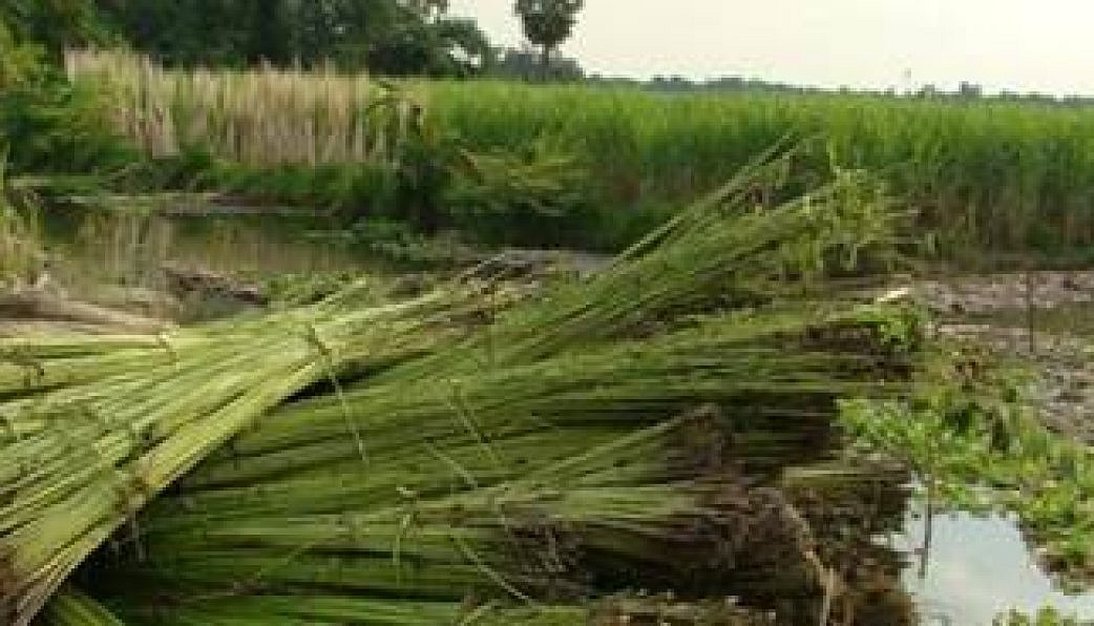
There are up to 80 species of the plant, belongs to the Linden family. Long-fruited jute (Corchorus Olitorius) and white jute (Corchorus Capsularis) are cultivated. The plant grows only in climate conditions with high humidity, temperature conditions from 25⁰С to 40⁰С.
For your information! Regions where jute grows: Asia, Africa, Australia, South America. The largest plantations are in Bangladesh and India. In countries where jute is grown, it is an important part of the gross product. The well-being of many small farms depends on the cultivation of this crop.
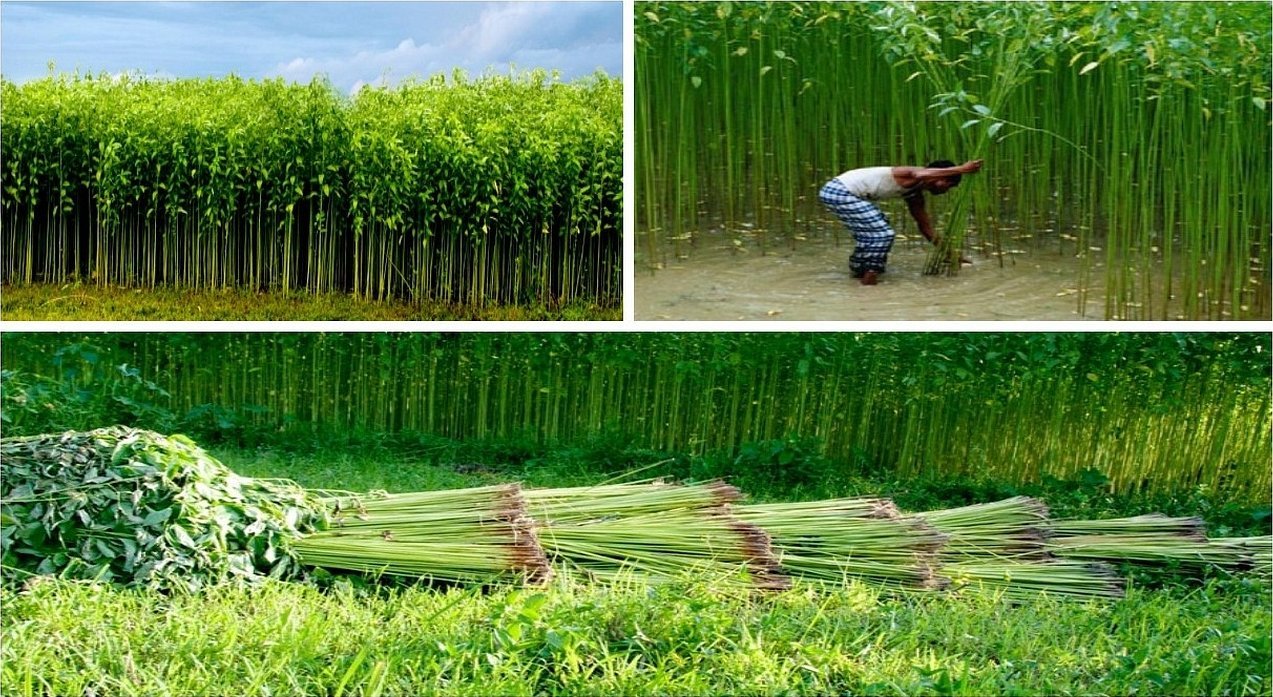
Story
While the Asian region has been cultivating bast crops since time immemorial, Europe learned about it in the 17th century during the colonization of India. For Europeans, the country was initially "terra incognita".
Household items made from jute bast fiber were made here in small batches by artisans. Crafts were in demand, craftsmanship was valued and passed down through generations. As a material, jute and burlap began to be used as packaging material for transporting goods.
The first attempts to produce fabric from jute fiber were made in Scotland (1832). This required partially modernizing the machines, since the jute bast thread is coarser than cotton and flax. During the Crimean War, mass deliveries of Russian hemp and flax to Europe were interrupted, which stimulated the demand for jute.
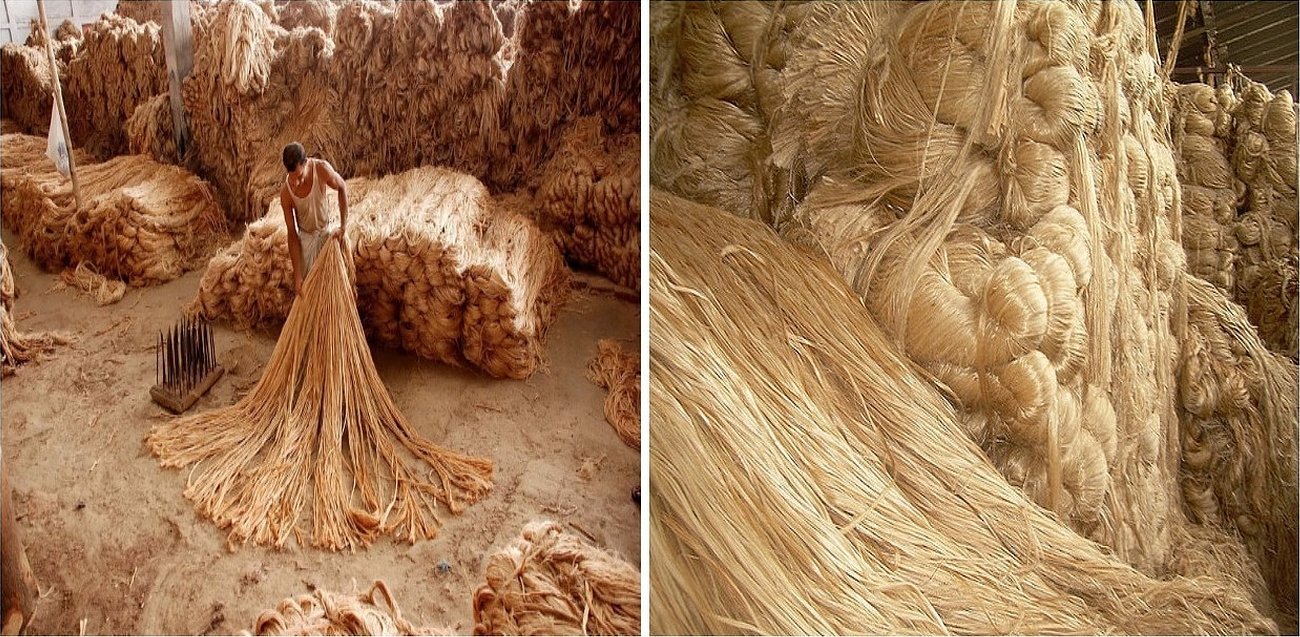
Natural jute began to be supplied to Russia at the end of the 19th century as a raw material replacing hemp (bast fiber of hemp).
The crop was grown in Uzbekistan in the USSR. Academician N. I. Vavilov developed varieties adapted to local climatic conditions.
Please note! Currently, there are varieties of jute that are not destroyed by pests, which has significantly increased the crop's yield.
Chemical composition and properties
The unique structure of the cells of the bast part of the stems is that they are elongated. The cross-section is several microns, the height sometimes reaches several centimeters. The composition of the fibers includes the plant polymer lignin and cellulose. The structure of the inner part of the stems allows you to extract fibers from it that simultaneously combine the qualities of wood and textiles. Therefore, the answer to the question of what jute is is simple - it is a semi-shrub, grass with a cell structure characteristic of wood.
Young boiled sprouts of Indian hemp are used as food. They contain such useful ingredients as vitamins B, A, C, D, E, K, H, nicotinic acid, as well as proteins, fats, carbohydrates, dietary fiber.

The culture is used as a pharmacological raw material, contains cardiac glycosides (olitoriside, corchoroside).
To the question, jute, what is it, we can answer, it is a plant material for textile, pharmacological industry. At the same time, it is a useful food product.
Where is jute fabric used?
What is jute fabric made of? From bast fibers that are inside the stem. For these purposes, 25% of the total mass of the crop is used. Despite the high level of development of technologies used in modern agriculture, jute is still grown and harvested manually.
What is jute and what is it made of?
The process of growing the crop is labor-intensive and is divided into the following stages:
- after 3-3.5 months of vegetative maturation, the plants are cut;
- they tie into sheaves;
- leave it in the field for 3-4 days to let the leaves fall;
- to separate the bast fibers, the plant is soaked (2 weeks);
- separate the bast fiber from the stem;
- hung on special supports and dried;
- are stored and sent for processing.
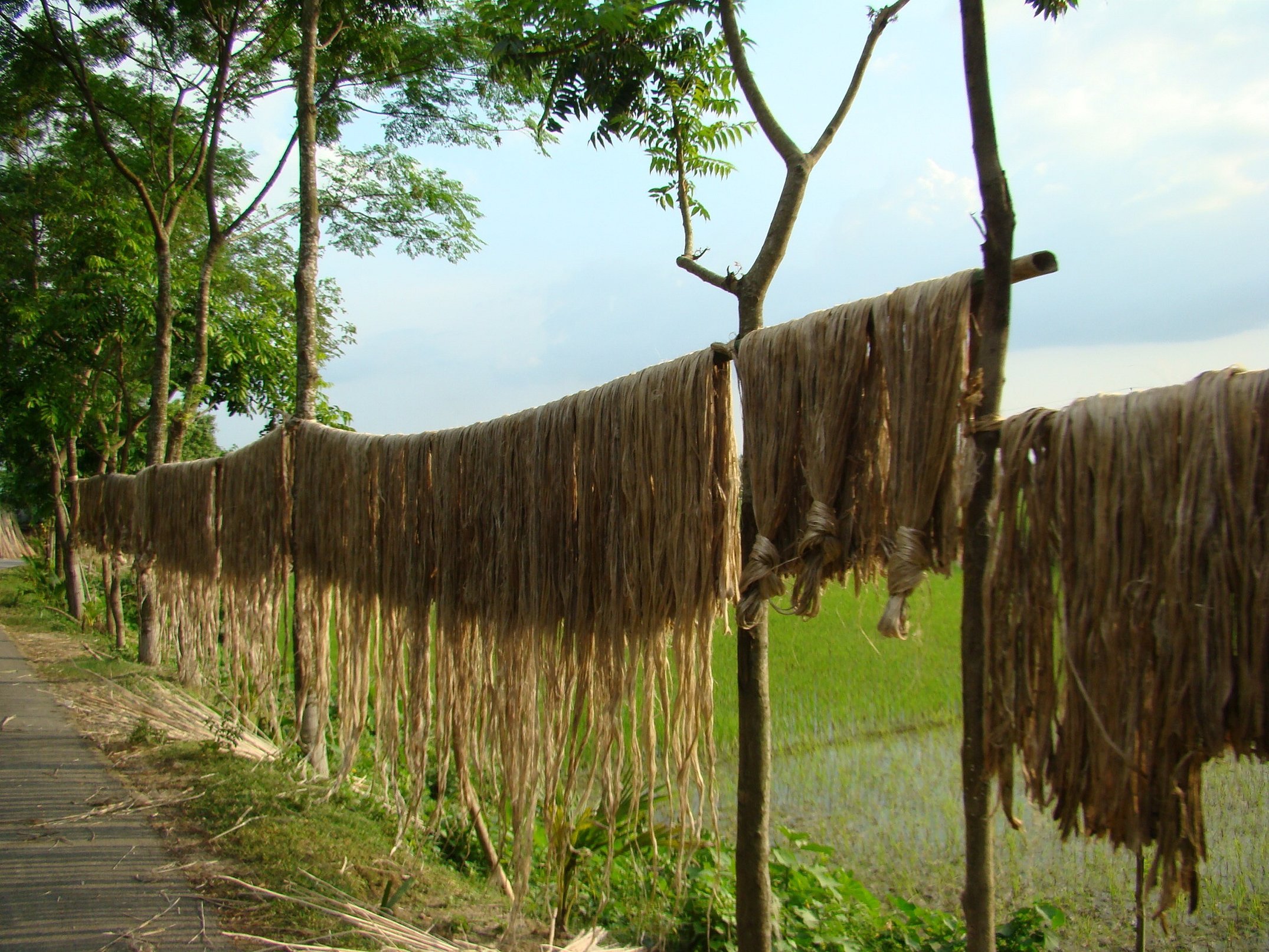
What is jute fabric made of? It is from this raw material, which after all stages of preparation is sent to processing plants, where it is first cleaned of impurities, then the fiber is pulled out. What is jute thread? This raw material is bast fibers that have undergone a factory processing process.
Jute - what kind of material is it and where is it used:
- burlap is an environmentally friendly, beautiful packaging material. The demand for it is only increasing, as it is a global trend;
- twine, ropes, and cables are made from it;
- for weaving carpets, mats, bags;
- we produce wallpaper and laminate for interior decoration in eco-style;
- added to composite plastic materials as a base, due to which they acquire the ability to pass air. Most packaging products, for example for tea, coffee, are made from such material;
- as insulation for wooden houses, log cabins;
- as a filler in the production of upholstered furniture and mattresses;
- jute fabric is used for furniture upholstery;
- as threads for decorative handicrafts;
- in the pulp industry - paper production;
- Pharmaceutical companies receive drugs that improve blood circulation;
- make canvases for paintings;
- the best varieties are used to make fabric for sewing clothes;
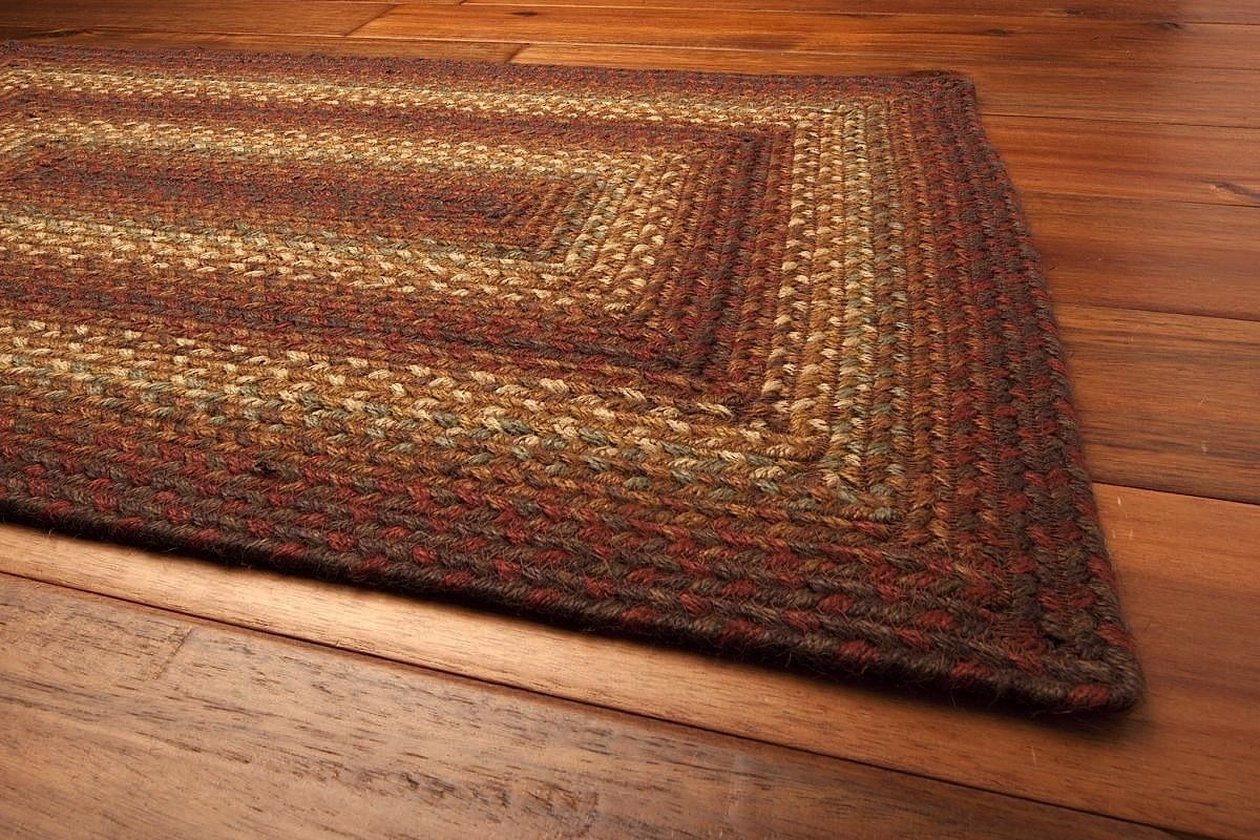
Please note! Souvenirs made from jute threads are popular. Craftsmen sometimes achieve such a level of mastery that the filigree between craft and art is erased.
Burlap packaging competes with paper packaging and gradually displaces synthetic analogues on the world market. They decompose in the soil to the state of microorganisms, do not cause harm, but, on the contrary, enrich with useful elements. When burned, jute does not emit toxic substances.

The beautiful texture of the "golden fiber" creates an atmosphere of warmth and comfort, like wood. Decorative elements in the form of lamps, sofa cushions, and carpets fill the room with a sense of home comfort. A variety of colors, mainly warm tones of yellow-brown tones, fit well into the interior and are combined with other colors. They dilute bright colors and soften cold ones. Curtains made of jute and mixed fabrics in natural colors are in demand.
How to choose the right jute fabric
Before choosing a fabric, you need to decide what the material is needed for. It is worth paying attention to what jute is made of, what raw materials it is made of. Different types of the plant are used to make decorative threads, woven fabric, upholstery fabric.
Natural material from low grades is quite rough. Over-dried in the sun or dried several times becomes brittle. If jute gets wet, there is a high probability that putrefactive bacteria have appeared in it.
Mixed fabrics are popular in the textile industry. Adding cotton fiber makes the fabric softer, with linen it becomes stronger and more elastic.
Adding special impregnations and lamination reduce the hygroscopicity of the material and protect it from fading in the sun. Jute becomes resistant to moisture. Calcutta hemp upholstery with impregnation is suitable for garden upholstered furniture on a covered terrace. It is used as a soft part of rattan furniture.
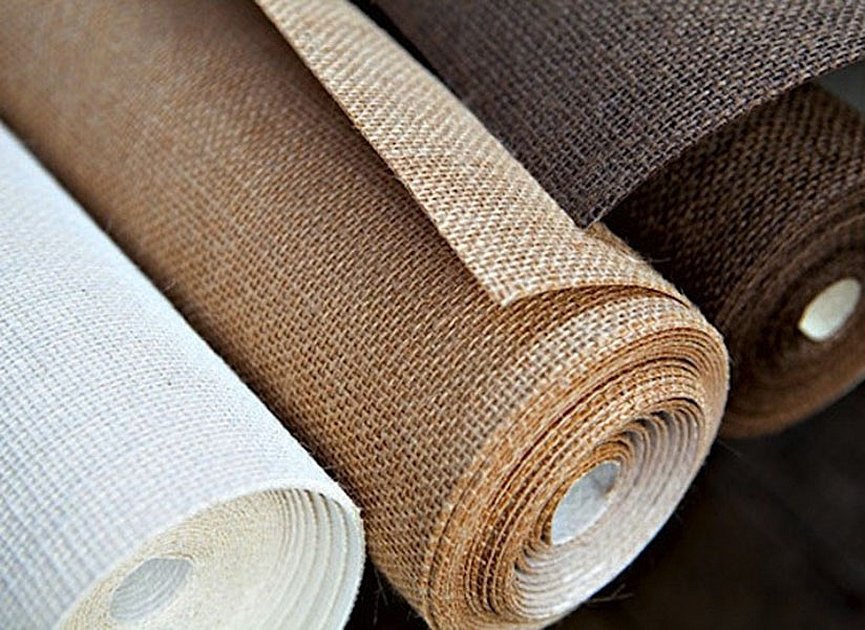
Care of products
Textiles made from jute fabric are not washed; dry cleaning is recommended.
Upholstery fabrics and rugs are cleaned with a vacuum cleaner. Dirt and stains are washed away with non-aggressive detergents. Then you need to blot with a rag and dry. For these purposes, use a hair dryer with a moderate temperature setting.
Important! Dry stain removers are used with caution. After application to the surface, they absorb the dirt and dry. The remains are removed from the surface with a soft brush, then vacuumed.
Mixed fabrics with the addition of synthetic and natural fibers can be washed in a gentle mode. The product label should contain a symbol indicating the washing temperature.
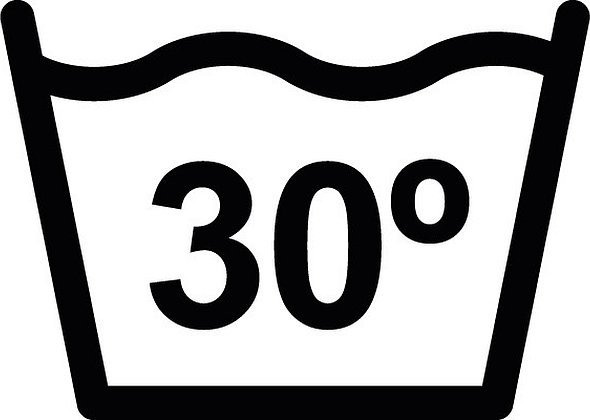
Advantages and disadvantages
Jute fabric made from threads is a coarse cloth with a cross-weave like a mat. The color range is wide: from white to brown tones.
Material characteristics, advantages:
- hygroscopic, absorbs moisture and retains it for a long time;
- despite the fact that the fibers are brittle, they are quite tear-resistant;
- the material is light and elastic;
- keeps its shape, recovers after deformation;
- "breathable", allows air to pass through;
- retains heat well;
- completely natural (pure, no additives);
- is completely processed by the soil into microorganisms (biodegradation).
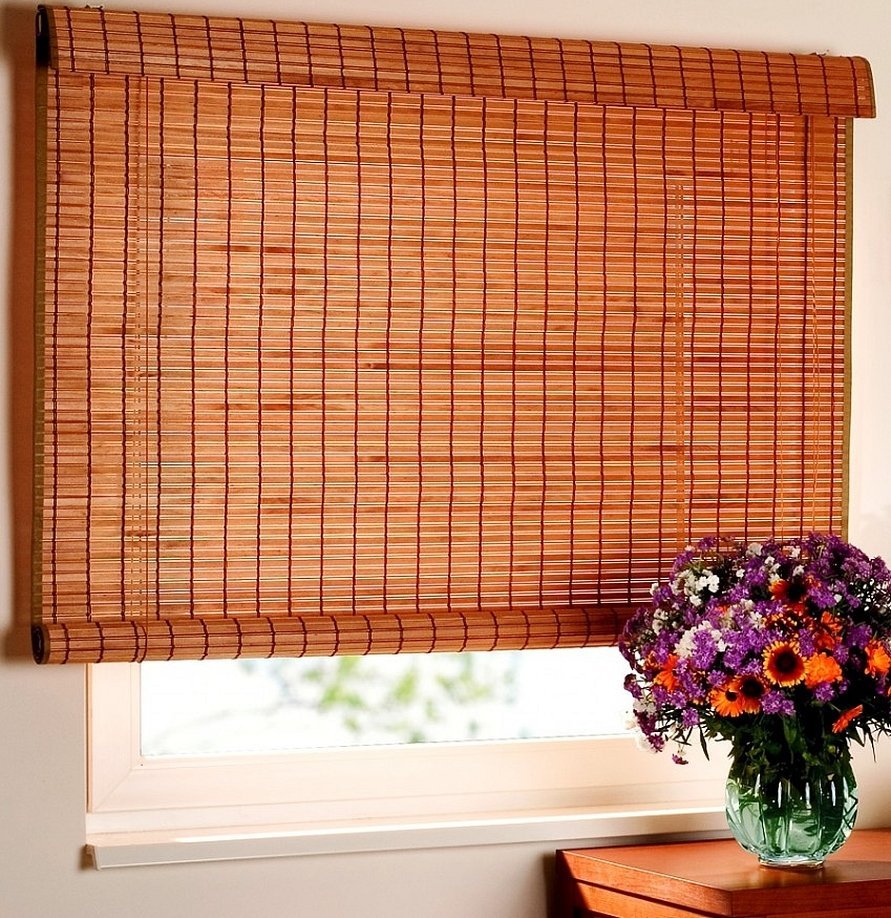
The decisive role in the demand for jute is played by the low price of raw materials and jute products.
Disadvantages include: short life, coarseness of fibers. When exposed to water for a long time, high humidity inside the fibers quickly deteriorates, becomes moldy.
Thus, jute is universal, as it can be used everywhere possible: from clothing to garden furniture. When choosing, it is worth analyzing the composition of the product, and after purchasing, ensure proper care.




